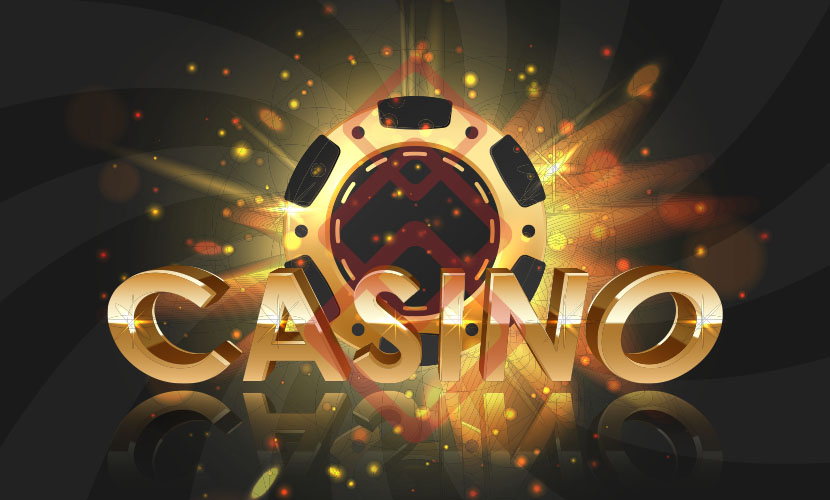
How Gamification is Changing the Future of Engagement
In recent years, the concept of gamification has gained significant traction in various sectors, fundamentally reshaping how individuals interact with products and services. By incorporating game-like elements into otherwise mundane tasks, organizations can enhance user engagement and motivation. For instance, many online platforms, including How Gamification is Changing the Online Casino Market in Bangladesh https://marvelbet-888.com, utilize gamification strategies to create immersive user experiences. This article delves into the ways gamification is changing the landscape of engagement across numerous industries, from education to marketing and beyond.
The Essence of Gamification
At its core, gamification involves applying game design principles in non-game contexts to motivate and increase user engagement. This strategy leverages elements such as points, badges, leaderboards, challenges, and rewards to create a more interactive experience. By tapping into the natural human desire for competition, achievement, and recognition, businesses can foster a sense of community and promote active participation.
Gamification in Education
One of the most significant areas where gamification has made an impact is education. Traditional teaching methods often struggle to engage students, leading to boredom and disengagement. However, by integrating game mechanics into the learning process, educators can transform the classroom experience. For example, platforms like Kahoot! and Quizizz utilize quizzes and competitions to make learning fun and interactive. Students can earn points, badges, and even compete against their peers, creating a dynamic learning environment that fosters motivation and participation.
Furthermore, gamification allows for personalized learning experiences. Through adaptive learning technologies, students can progress at their own pace, receiving immediate feedback on their performance. This reinforces their understanding of core concepts, turning learning into a rewarding and enjoyable journey.
Gamification in Marketing
The marketing industry has also embraced gamification as a powerful tool to increase customer engagement and brand loyalty. By incorporating game elements into their campaigns, companies can create memorable experiences that resonate with their audience. For instance, loyalty programs that reward customers with points for purchases can induce repeat business and foster long-term relationships.
Brands like Starbucks and Nike have successfully implemented gamification strategies to enhance customer interaction. Starbucks, for instance, utilizes its loyalty app to reward customers with stars for every purchase, which can be redeemed for free drinks or exclusive offers. This not only incentivizes customers to return for more purchases but also creates a sense of accomplishment and community among Starbucks lovers.
Gamification in Employee Training and Development
In the corporate sector, gamification is revolutionizing employee training and development. Traditional training methods often result in low retention rates and minimal employee engagement. However, by incorporating gamified elements into training modules, companies can create a more engaging and effective learning environment.

Many businesses are using interactive simulations and role-playing scenarios to teach essential skills. For instance, sales teams can engage in gamified training programs that simulate real-life customer interactions. Participants earn points for successful sales pitches and can compete against their colleagues, making the training process competitive and fun. This approach not only increases knowledge retention but also enhances team collaboration and communication.
The Impact of Gamification on Customer Loyalty
Building customer loyalty has always been a challenge for businesses, but gamification has provided a new avenue for success. By creating engaging experiences that reward customers for their loyalty, companies can foster a deeper emotional connection with their audience. Customers who participate in gamified loyalty programs are more likely to return, not only for the rewards but also for the experience itself.
Furthermore, gamification encourages users to share their achievements on social media platforms, effectively creating brand ambassadors. When customers showcase their rewards or achievements, it generates organic marketing that promotes the brand to a wider audience. This synergy between customer interaction and social sharing amplifies brand visibility and creates a sense of community around the brand.
Challenges and Considerations
Despite its numerous benefits, implementing gamification is not without challenges. Organizations must carefully consider their audience and the mechanics they choose to employ. Misunderstanding user motivations can lead to ineffective gamification strategies that fail to engage users or even lead to frustration.
Additionally, maintaining the balance between fun and productivity is critical. If gamification becomes too distracting or veers off from the primary objectives, it can detract from the intended purpose. Therefore, careful planning and testing are necessary to ensure that gamified elements align with the overall goals of the initiative.
The Future of Gamification
As technology continues to evolve, so too will the strategies around gamification. Emerging technologies such as augmented reality (AR) and virtual reality (VR) are opening new avenues for immersive gamified experiences. These advancements could allow users to engage with brands and learning in ways we have yet to imagine.
Moreover, artificial intelligence (AI) could play a significant role in creating personalized gamification experiences. By analyzing user behavior, preferences, and feedback, AI-driven platforms can adapt to individual needs, providing a customized experience that engages users on a deeper level.
Conclusion
Gamification is undoubtedly changing how we engage with various industries, from education to marketing and employee training. By integrating game mechanics into everyday tasks, organizations can enhance user motivation, foster loyalty, and create memorable experiences. As technology continues to evolve, the potential for gamification to transform engagement strategies will only expand, making it an essential tool for businesses seeking to thrive in today’s competitive landscape. As we move forward, the question remains: how will you harness the power of gamification to engage your audience?
